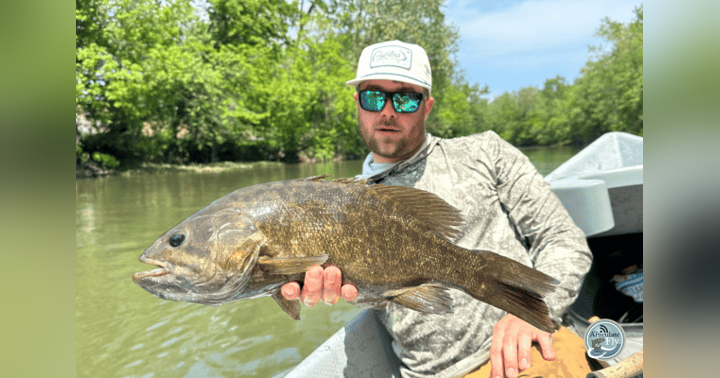HOW TO FLY FISH: STONEFLIES (PART II): FISHING THE DRY

As I mentioned in Stoneflies (Part I): Nymphs and Emergers, many of the mayfly and caddisfly techniques described in earlier posts apply equally well to fishing stonefly imitations. It always pays dividends to get current hatch information from your local fly shop or through online fishing reports or hatch charts. If you don’t have a local fly shop to lean on, Orvis’ Eastern Hatch Chart and Western Hatch Chart are good places to start. Just remember stoneflies don’t use calendars any more than mayflies or caddisflies do, so adjust the hatch charts based on current weather and local conditions.
Since most stonefly species (particularly the larger ones like the Salmonfly) emerge on land, the adults are only available to trout when the females return to the water to lay their eggs or the adults are blown, or fall, into the water. For these situations, I prefer a Stimulator in the appropriate size and color. Since adult stoneflies congregate in streamside vegetation, it is often productive to fish your dry near the bank. Stoneflies are notoriously clumsy in flight. Like caddis, stonefly females skitter along the water’s surface dabbing their abdomens to dislodge their eggs. So, if the dead drift isn’t producing, try giving your fly a little twitch. Since a stonefly’s wings fold flat against its body, it has a much smaller profile than a mayfly. As a result, you will sometimes need an imitation that rides a little lower on the water’s surface to get the job done. In these cases, you can either cut the hackles off of the bottom of your Stimulator or use a foam-bodied fly like a Chernobyl. These patterns are also effective imitations for the smaller stonefly species that emerge on the water. Don’t forget the twitch!
At The Articulate Fly, we love questions! Please post a comment or send us your question.
Follow us on Facebook, Instagram, LinkedIn, Twitter or YouTube.




